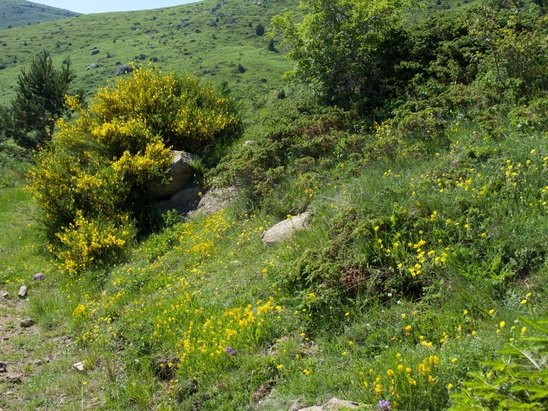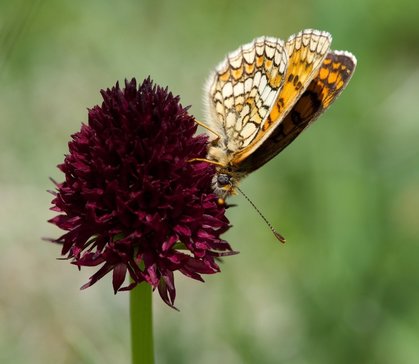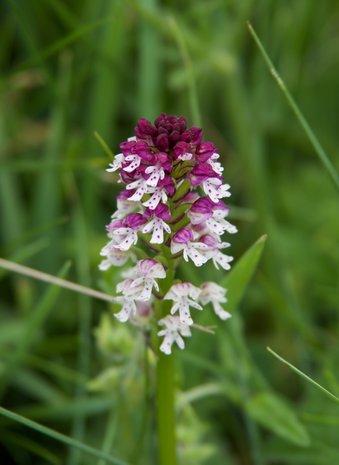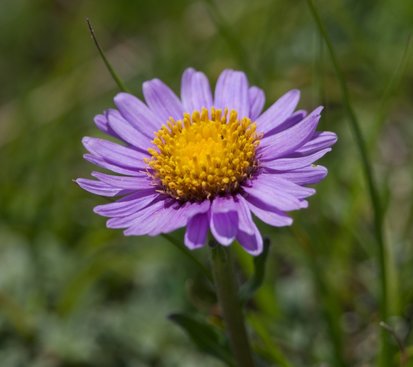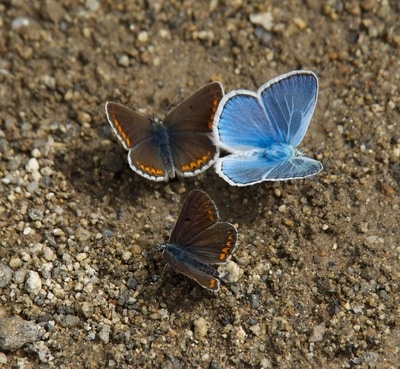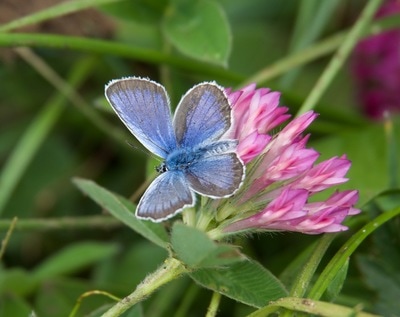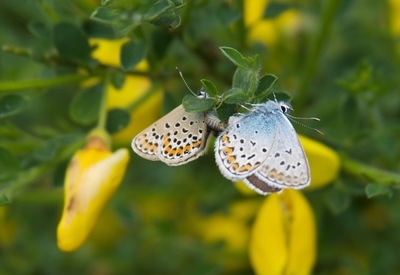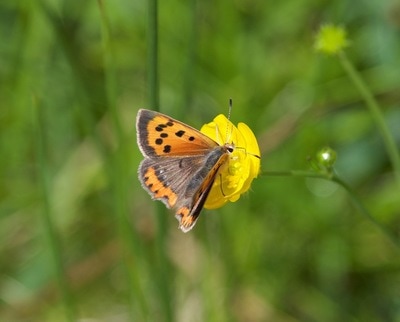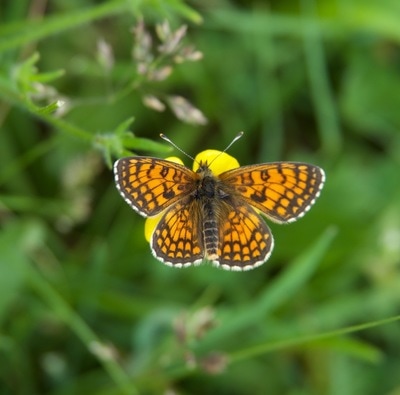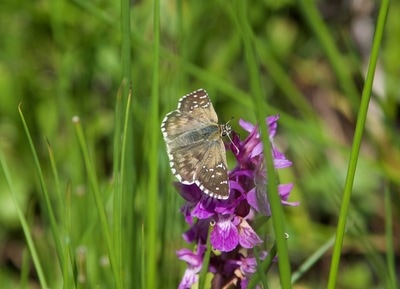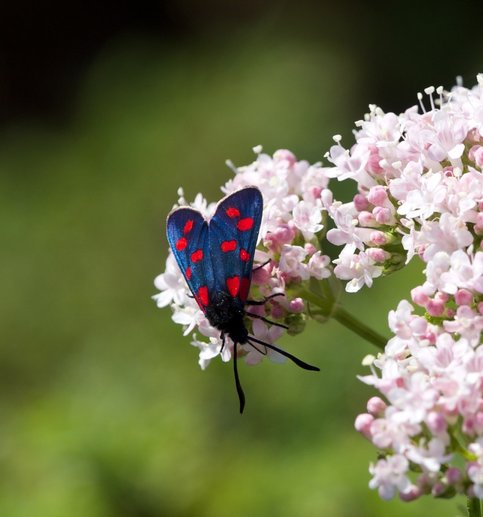What used to be called nature conservation is as prone to fads, fashions and buzzwords as anything else, and "biodiversity" may well seem to some folk to be just another example. As a concept, it is at least easy to understand, as it simply means the diversity of "life-forms", really of life itself, and understanding its importance begins with the recognition that somehow, through time, our home planet has ended up endowed with a myriad of living organisms. These range in size from microscopic bacteria to elephants and whales, and they all are, somehow, more interconnected and interdependent than one can easily comprehend. We are slowly learning the nature and scope of this web of life, whether it is an understanding of the importance of mycorrhizal fungi in the root systems of trees, or the significance of the colonies of bacteria to which our own bodies are, whether we like it or not, the constant hosts.
Just as it is now authoritatively believed that after heavy treatment with serious antibiotics, our bodily systems may suffer seriously in a number of ways, so too do many of us feel that the maintenance of as much as possible of the overall "web-of-life", (that complex natural system which was in place across the entire surface of the planet before our species began to destroy it), is crucial to the continued function of the life support systems with which Earth provides us. Living in an area with quite a significant population, with expanding towns and villages, all of which eat into the natural environment of PO, it is at least comforting to realise what a reservoir of biodiversity this part of France is.
There are two crucial aspects of biodiversity; one is precisely that diversity, the great variety of life forms - like the fascinating insects which Lesley has been photographing and writing about lately. The idea here is that each type, for instance, of insect plays its part in the crucial processes of the world, whether it is recycling decaying matter or in pollinating flowers, aspects which we readily accept are crucial to our own lives. What we tend to call "Nature", (and James Lovelock refers to as "Gaia"), does not believe in single solutions to problems, or in supplying only one carrier-out-of-tasks, but goes in for a multitude of versions of the required organisms; quite simply, "safety in numbers". Keeping this complex web of organisms in balance requires in itself yet more organisms, species who appear to function as regulators of the entire system.
But the other crucial aspect of biodiversity is that its component parts must be widespread, active over as large an area as possible. An obvious example, of great relevance to PO and its lovely, and important orchards, is that we need to have a lot of bees; a few tucked away in the equivalent of a small insect zoo will simply not manage the necessary task on the required scale- and we all would suffer greatly.
One recent day spent in one of our very favourite places, the high foothills of Canigou, illustrated this word, "biodiversity", in the most wonderful and life-affirming of ways. As it happened, there was rather less activity among the birds than usual, and the marmots disdained to offer many photographic opportunities, so you might have thought that we would be rather disappointed. But it did not matter.
From the moment we stopped the van and got out, it was apparent that the wildflowers were in wonderful profusion. The regular episodes of heavy rain which have characterised the spring and summer so far have resulted in more than simply a perceptible increase in the number of biting insects; there was a carpet of wildflowers, more than we have ever known before. Much of it was yellow, like the broom, brilliant against the fresh green, and the small cistus or rock-rose, which spread everywhere.
As an important foot-note, I should add, as I have before, one significant point. The wonderful diversity of this area is enhanced, part-created, by the inter-action between man - or in this case, his animals, the grazing flocks of sheep, cattle and horses which frequent these high pastures - and Nature. Without the grazing, the hillside would clearly revert to scrub woodland and bracken, which would be very different, and significantly less varied. Many bio-diverse habitats, like traditional hay-meadows or coppice woodlands, owe their richness to this interaction. However often we may feel the opposite, our species certainly had, in the past, the ability to work with nature, not to destroy it as now so often happens right across the planet.
